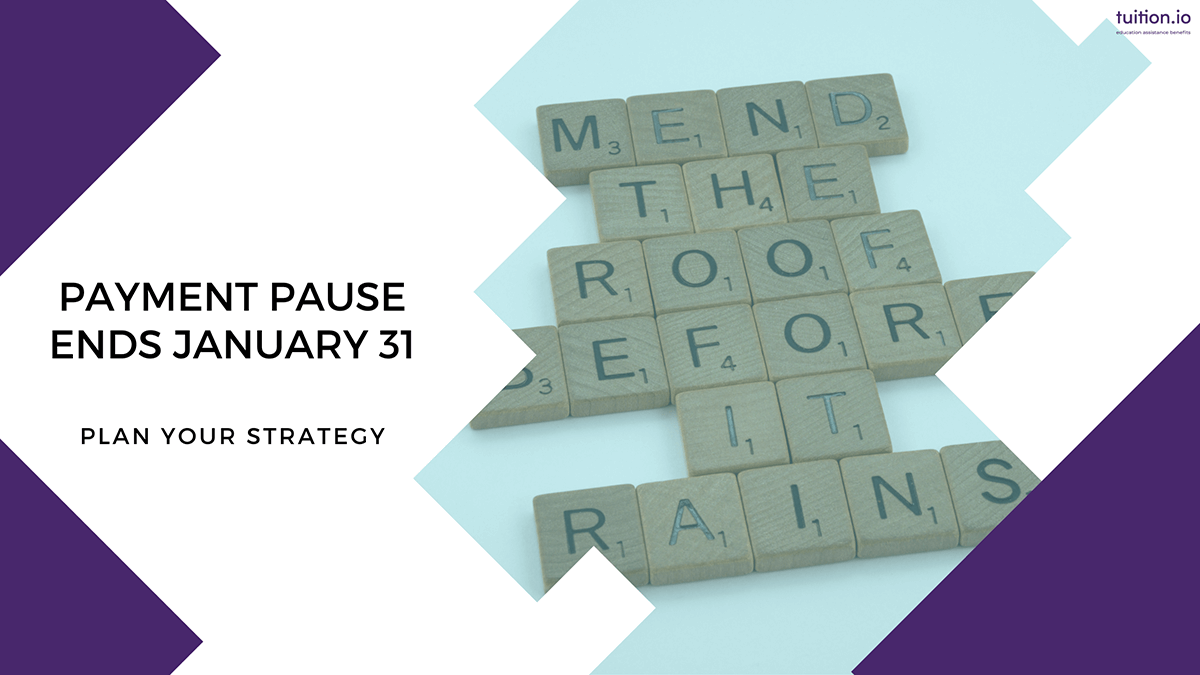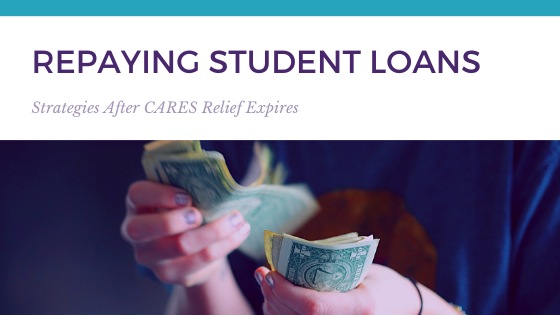How to Fix Defaulted Student Loans
During the COVID-19 emergency student loan relief period, collections on defaulted student loans have been stopped. Payments are set to resume after...
3 min read
 Jeni Burckart
:
September 11, 2023
Jeni Burckart
:
September 11, 2023

Student loan payments are restarting in October and many borrowers haven’t made student loan payments for over three years. Luckily, changes to income-driven repayment options and one time account adjustments can have big benefits for borrowers. This article can help you understand how to prepare for student loan payments to restart under the latest rules.
When preparing for student loan payments restart in October, you’ll need to know where to send your monthly minimum payment.
Your loan servicer is the company who collects payments for your federal student loan(s). Many borrowers experienced loan servicer transfers during the payment pause. If you’re unsure of your current loan servicer(s), login to StudentAid.gov where you can find your servicer details under the My Aid section.
When you know who your servicer is, log in to your servicer’s website and make sure your contact information is updated.
Decide how you plan to make monthly payments. You can consider setting up automatic payments (typically offers a 0.25% interest rate discount) or you can manually make payments each month. You could also consider setting up scheduled payments from your bank.
Recent changes to income-driven repayment can make payments more affordable than ever. Borrowers who are planning to get Public Service Loan Forgiveness (PSLF) or income-driven loan forgiveness (IDLF) want to find the income-driven repayment plan with the lowest possible monthly payment. Even if you’re not planning to get loan forgiveness, the SAVE plan may offer you the most affordable payment option.
Remember, you must make payments under one of the four income-driven repayment plans in order for them to be counted toward the 120 qualifying payments.
The income-driven repayment plans and extended repayment plan tend to have the lowest monthly payments. Start by exploring monthly payment estimates on the Federal Student Aid Loan Simulator. Pay attention to the payment amount for the income-driven plans and the extended repayment plan. Remember payments made on the extended repayment plan don’t count toward loan forgiveness. If you decide to pursue an income-driven plan, complete the income-driven repayment plan request form to switch.
The Department of Education is giving credit for all past federal student loan payments and certain periods of deferment and forbearance as if they were income-driven payments. That means you could have years of progress toward loan forgiveness.
You don’t need to take any action if your student loans are already Federal Direct Loans. But if your student loans are federal non-Direct loans (such as FFEL or Perkins loans), you need to consolidate your loans by 12/31/2023 to benefit from the account adjustments.
You may qualify for loan forgiveness once the adjustment is applied if you’ve been in repayment for 20-25 years. Everyone else should be notified of the number of ‘income-driven’ payments they’ve made in 2024.
In order to keep making future payments that qualify for either PSLF or IDLF, you will need to repay your loans on an income-driven repayment plan when student loan payments resume in October.
Account Adjustments Bring You Closer to Student Loan Forgiveness
Consolidate FFEL Loans to Direct Loans for Maximum Benefit
Student Loan Cancellation Denied: How to Repay Your Student Loans

During the COVID-19 emergency student loan relief period, collections on defaulted student loans have been stopped. Payments are set to resume after...

*This post has been updated to reflect the temporary relief extension until 6/30/2023.

Please note an executive order signed 08/08/2020 continues the student loan relief through 12/31/2020. This article has been updated to reflect the...